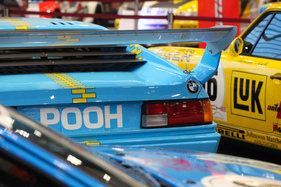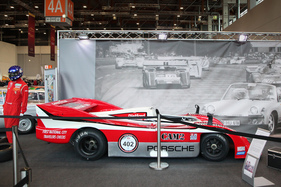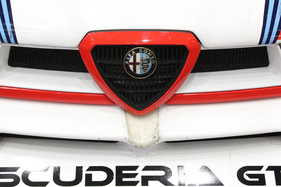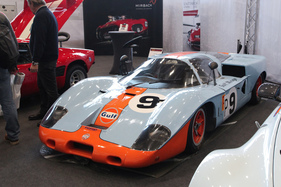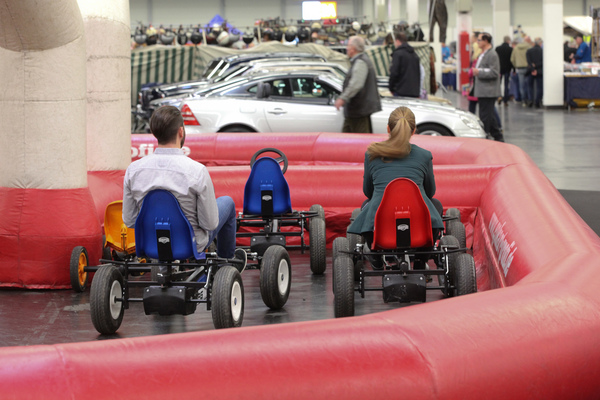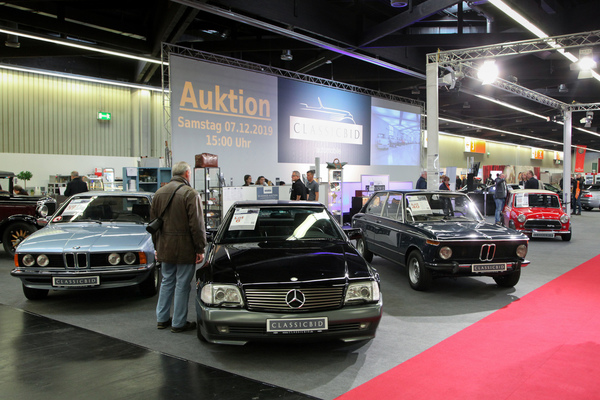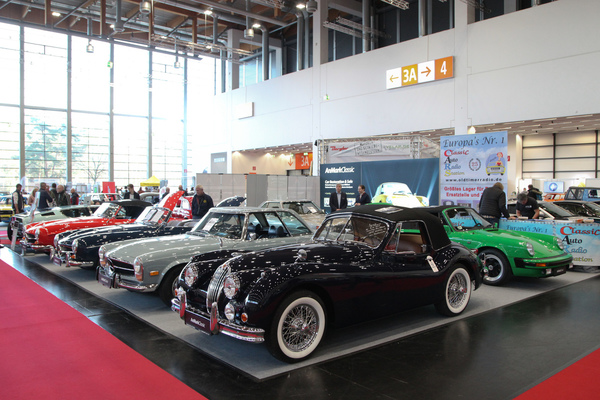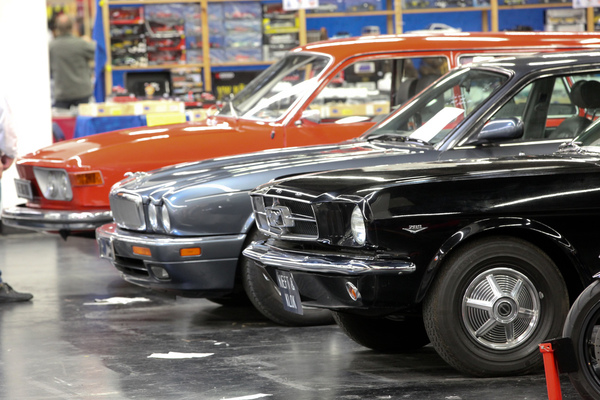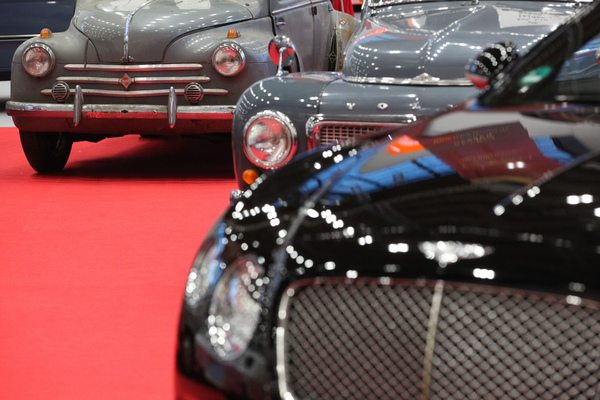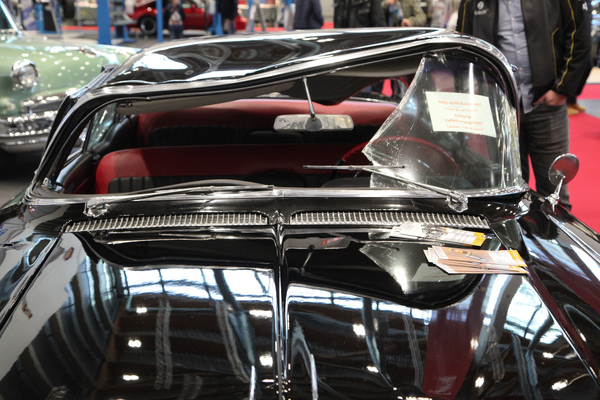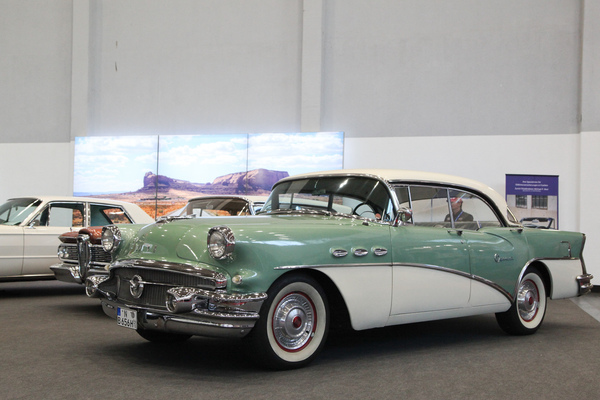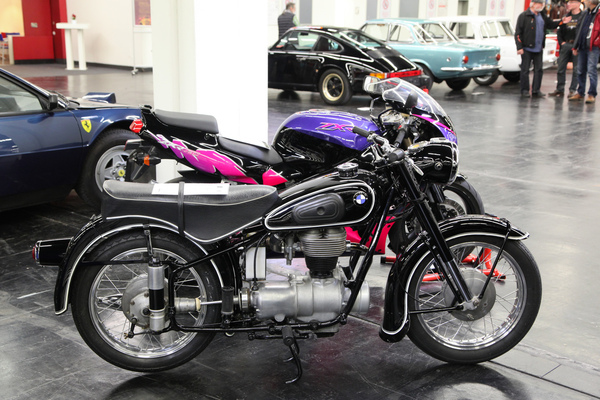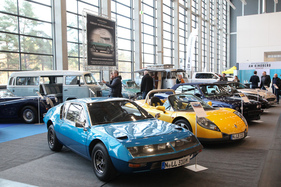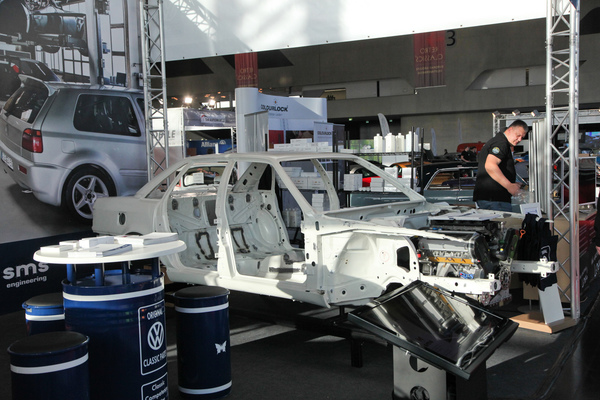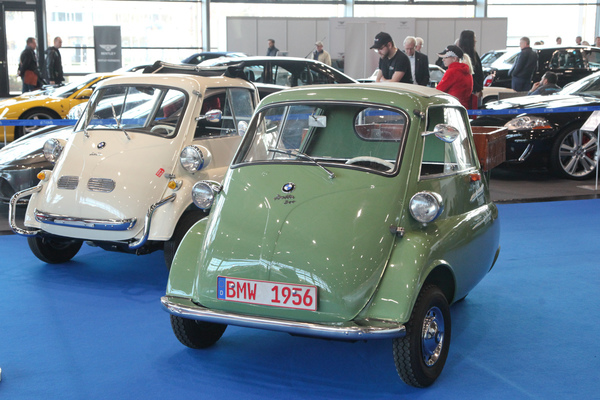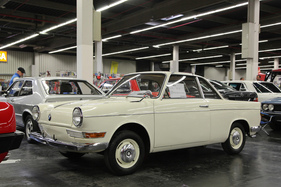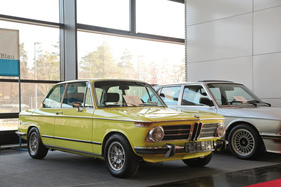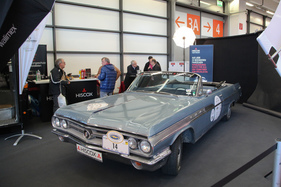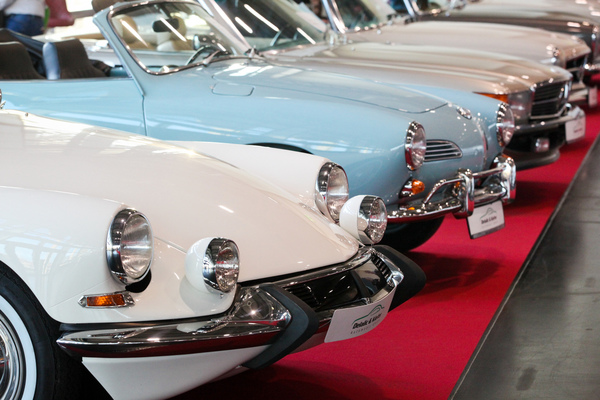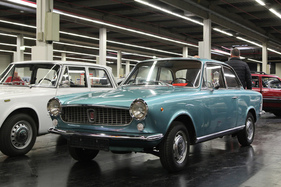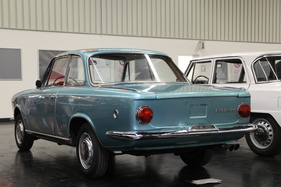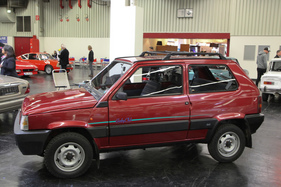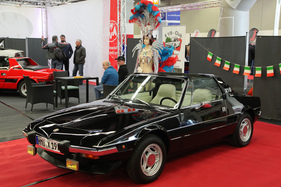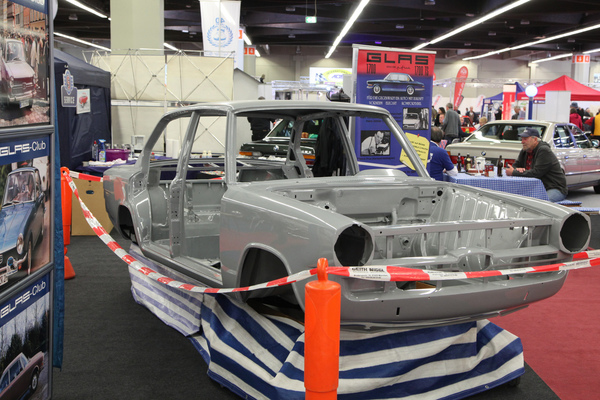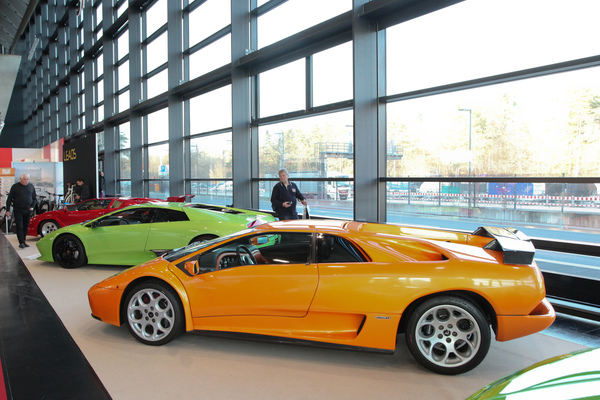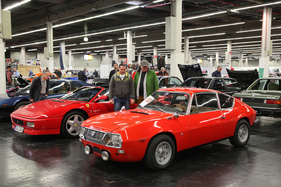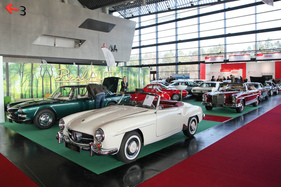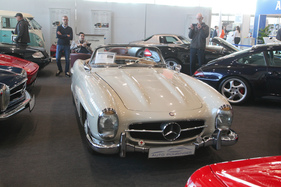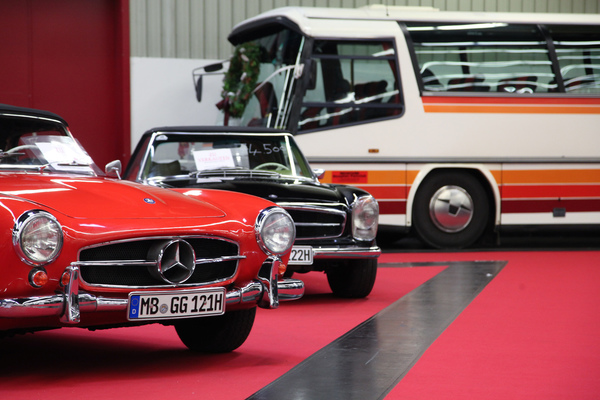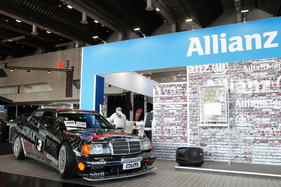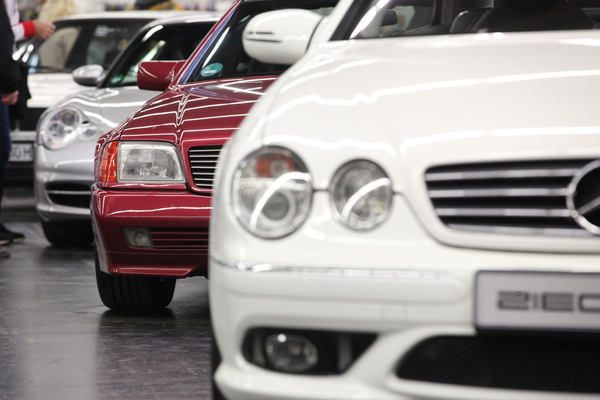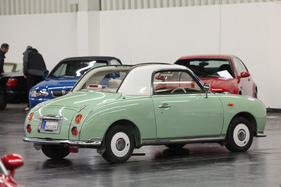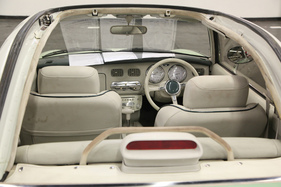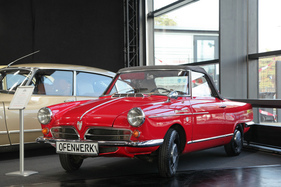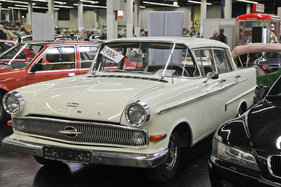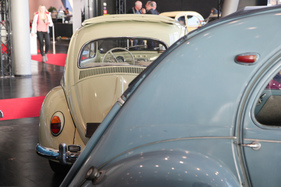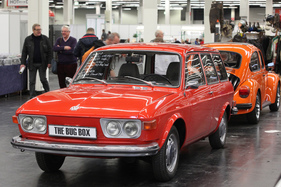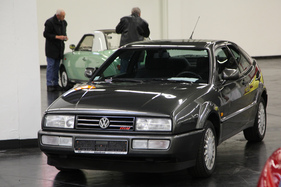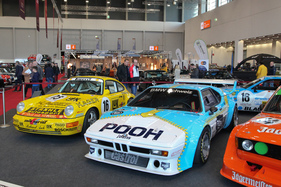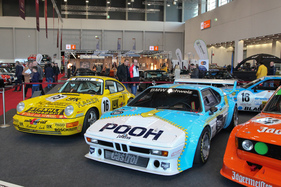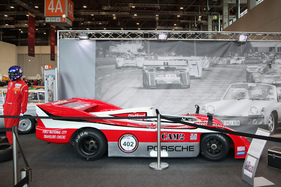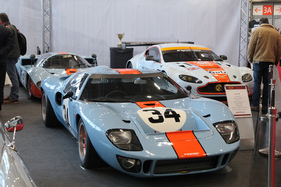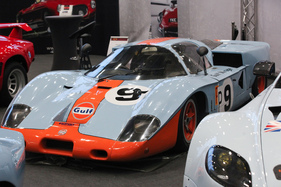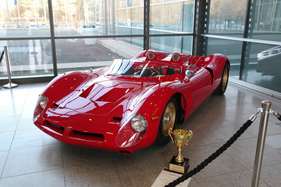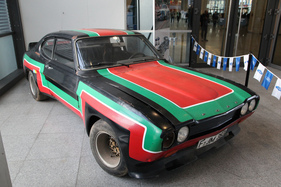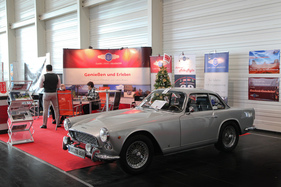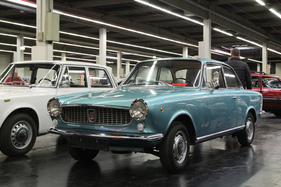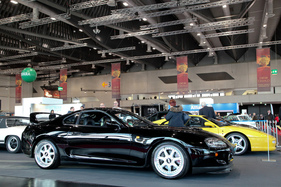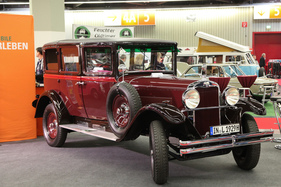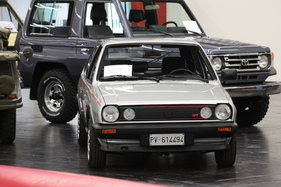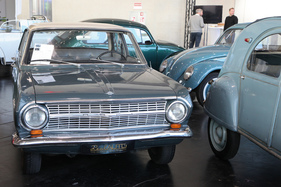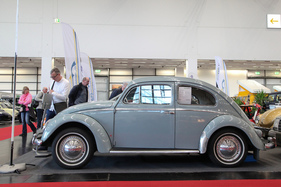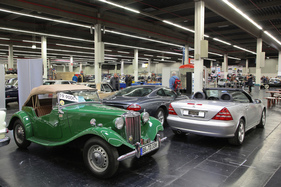For the fourth time, classic car and modern classic car enthusiasts made the pilgrimage to Nuremberg from December 6 to 8, 2019 to celebrate the end of the year in a pre-Christmas atmosphere with Retro Classics Baravia.
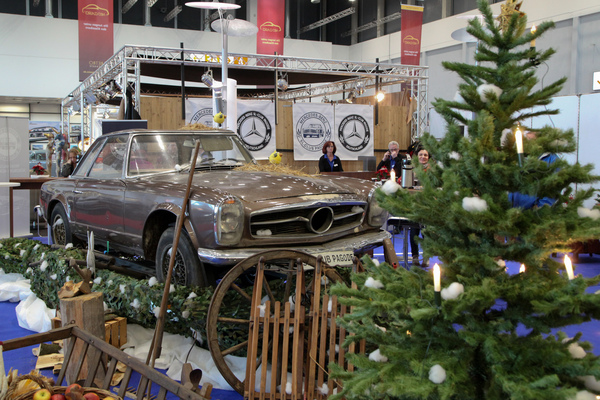
Four large halls
As before, dealers, specialists, organizers, clubs and private suppliers spread out in the four large halls (3, 3A, 4, 4A) and the aisles in between. The space was well utilized and there were no large empty spaces anywhere. Part of one of the darker halls was partitioned off, but this has been the case in the past.

There was already plenty of activity on Friday, although some dealers had the feeling that they had been able to welcome a more affluent audience in previous years.
The racing cars from the Norisring
Nuremberg is also home to the Norisring, a temporary race track that has hosted races since 1947. While at certain times mainly competitions with sports car prototypes were organized, the Norisring has been one of the regular tracks of the German Racing Championship for many years. It takes 10,000 hours of work to convert the road, which is normally used by everyday traffic, into a circuit.

It makes sense that a special show has now been organized for this race track. The organizers originally had no clear idea how many cars could be organized for the show. After all, they had so many confirmations that they could almost have filled an entire hall. But of course this was not possible, and so a selection had to be presented in a comparatively small space.
These included a BMW M1 Procar racing car, an Alfa Romeo 33/2, a DTM Mercedes-Benz and a Porsche 917/30 CanAm racer.
There was a lot to see and read, but for photographers the scene was somewhat awkwardly fenced in and cramped.
Three times Gulf
There was hardly any more room for the three Gulf cars that are expected at next year's Retro Classics special show in Stuttgart.
The three racing cars, a Ford GT40 from 1968, a Mirage M2 from 1969 and a modern Aston Martin Vantage GTE found shelter at the Mirbach dealership and were probably seen by some viewers as part of the sales exhibition.
A display in the entrance area would probably have been better, the super-flat Ford and the Mirage were particularly impressive.
Scattered rarities
In general, there were many rare cars to admire, you just had to take a closer look.
At the east entrance, for example, you walked past a 1966 Bizzarrini P538, which was entered in the 1967 24 Hours of Le Mans with a Lamboghini V12 mid-engine.
The 1972 Ford Capri RS 2600 parked nearby also looked like a racing car, but it had a normal road license. However, its MOT expired in 1979 and since then the Capri has spent its life in a barn.
A few steps later, we passed a Triumph Italia 2000, the elegant coupé that Vignale tailored for the Italian importer on the basis of the Triumph TR3. Only a few examples still exist, one of which was on the stand of CEO Premium Oldtimer und Cabriolet Reisen.
Even rarer, but from the same sheet metal cutter, is probably the Fiat 1500 Coupé, which stood inconspicuously in one of the dark halls. It was built in 1966 and looks a bit like a mixture of BMW 700 and 1600.
Japanese cars are rare, especially in Germany and at the country's classic car fairs. There was a large number to admire at the Bavaria, starting with the Toyota Supra 3.0i Twin Turbo, a Honda CRX Coupé and various Mitsubishi and Subaru models.

A few pre-war cars could also be discovered. In addition to the expected Mercedes-Benz and BMW, there was a 1929 Wanderer W11 and a 1933 Volvo PV654.
Almost every visitor was probably able to find a car somewhere that they either didn't know or hadn't seen for a really long time. After all, that's another reason for going to a classic car show.
Significant rejuvenation
After a complete tour of the four halls, it became apparent that the average age of the vehicles was probably significantly lower than in previous years. A generational change was noticeable.

You had certainly never seen so many BMWs of the E46 series, Mercedes of the R230 series or Audi of more recent date in Nuremberg.

The public didn't seem to mind, especially as these vehicles are still rather affordable and also suitable for everyday use, as demonstrated by several BMW Z3s and Mercedes-Benz SLKs, for example.
Stars and rear engines
Of course, the Mercedes-Benz and Porsche brands also dominated the action in Nuremberg, the latter above all with the popular rear-engined models.

BMW was also well represented, Audi with a rather young range. Volkswagen was represented by many Beetles and early VW buses, but also by the odd Karmann-Ghia.

In comparison, the range of Opel vehicles was rather sparse, and there were also only a few cars from the German Ford range to be discovered outside of club stands.
Small and large
Nevertheless, there was a wide variety of vehicles on offer. It ranged from cabin rollers such as Messerschmitt or BMW Isetta to luxury vehicles such as the Mercedes-Benz 300 or American Cadillac and Buick.

The sporty stood next to the leisurely, the old next to the new. Contrasts are exciting and were also on offer at the Bavaria.
Clubs with an educational mission
Once again, the clubs made an effort to offer something special.

The NSU phalanx, for example, which ranged from the Prinz 2 to the TT, caught the eye.
The installation of the Pagoda Club, which draped a barn-find Mercedes SL under a Christmas construction, so to speak, also attracted curious glances.

At the Isetta Club, the Glass Club and the X1/9 Friends, restoration objects in various states of repair could be examined.
Many inexpensive offers
In most cases, the price level was reasonable and in line with the market. Many cars were offered for four-figure sums (as they were years ago).
A VW Polo GT Coupé from 1986, for example, which is certainly already rare today, was advertised at EUR 8500, while an Opel Rekord A 1700 could be purchased for EUR 6900.
A VW Beetle for around EUR 15,000 is also fine, as is the aforementioned Honda CRX from 1989 for EUR 4990. Who knows, maybe in five or ten years' time we'll be annoyed that we didn't buy it "back at the Bavaria".
How times have changed was also documented by an MG TD from 1954, which was advertised for EUR 19,900.
Retro Classics Bavaria seems to have established itself well regionally and one can hope that with the rejuvenated offer it will also be able to welcome a rejuvenated audience in the future.










